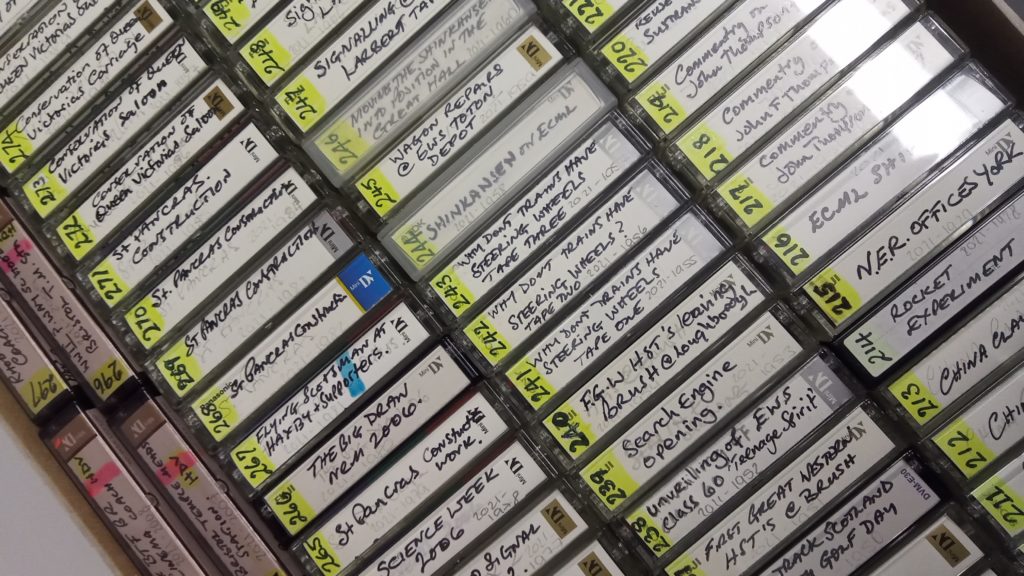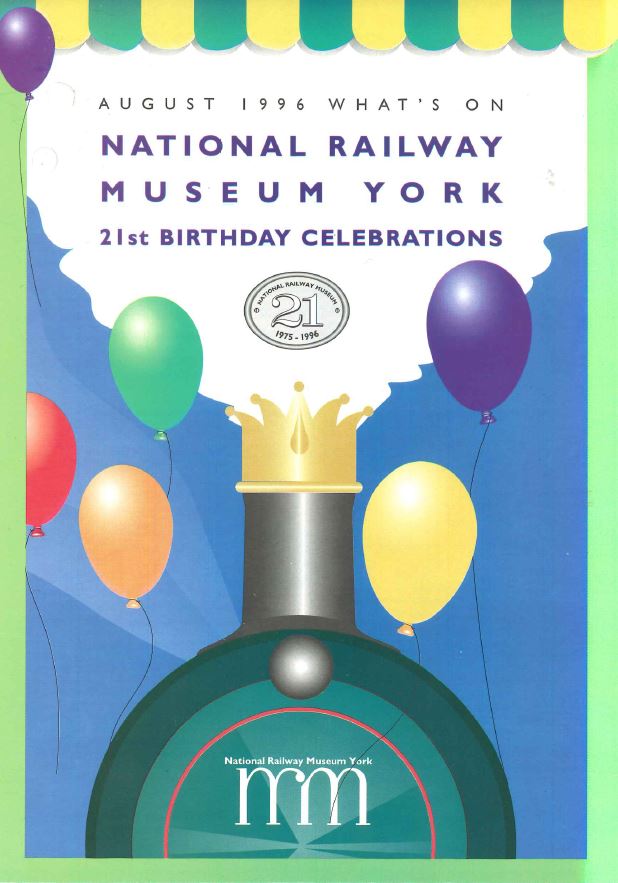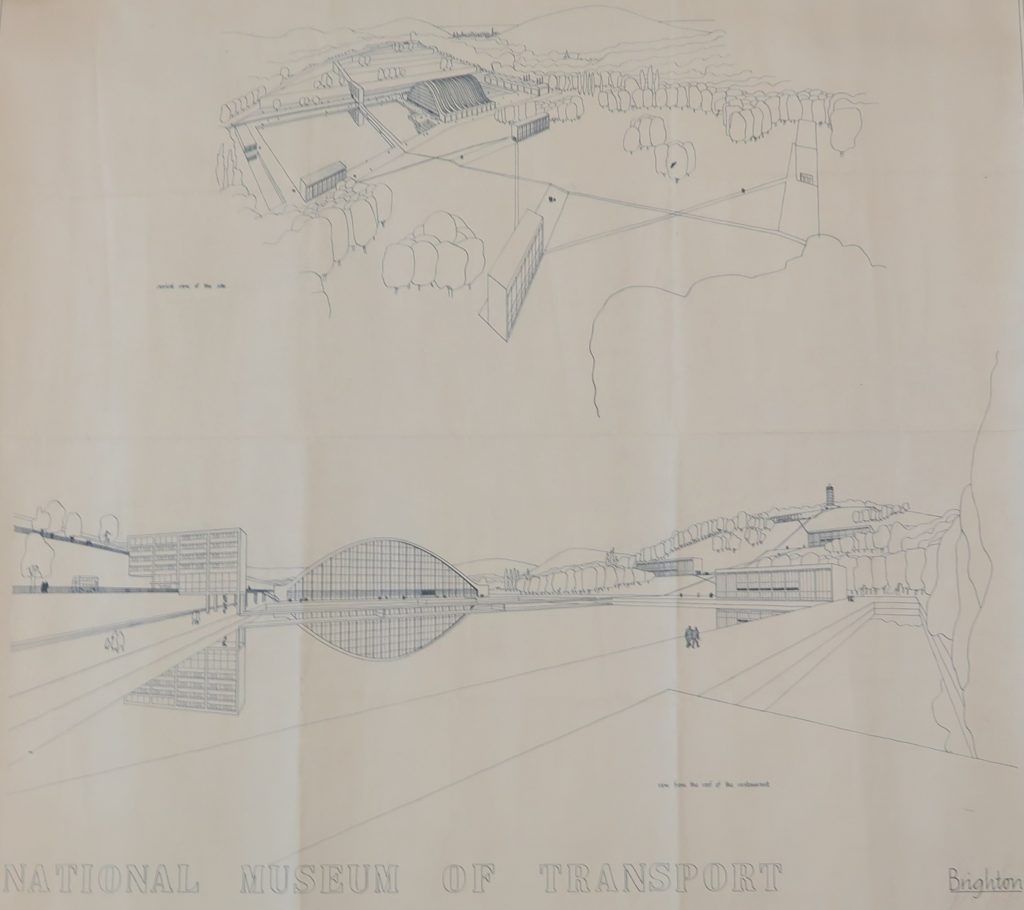In January this year we saw the arrival of the first set of records into the National Railway Museum’s Corporate Archive, the result of a major joint project between the museum’s Library and Archives and Corporate Information teams to transfer the Railway Museum’s historic public records from the corporate record stores into our Archives, ensuring our adherence to the Public Records Act.
Hoping to set the standard for the Science Museum Group’s other museums, our aim is to perform a transfer every year of our public records that have reached a point of 20 years old. Not only will this flood the NRM archives with a wealth of fascinating material about the history of the museum and its workings, but it will also help to maintain and promote the museum’s transparency with its visitors and the wider public.
In the initial stages of the project, we identified just over 2,000 records that needed to be transferred. This figure includes:
- Over 400 Mini-DV film tapes created by NRM’s former photographer and videographer which document the work of the museum, depicting interesting and historically significant activities of the railway industry and of the museum. These shine a light on the Railway Museum’s mission to preserve the nation’s railway heritage.

- A number of architectural plans and drawings of the National Railway Museum’s buildings and estates have also been archived, illustrating the long journey the museum has taken from its humble beginnings in 1975. These are especially significant right now as we inch towards 2025, when we will celebrate the 50th anniversary of the National Railway Museum’s first opening through the ambitious Vision 2025 project. This major project will modernise the site and further ingrain the Museum into the local community.
- Perhaps the most tangible part of the transfer—consisting of over 500 corporate files, produced by the museum and its staff during operations. These cover the National Railway Museum and Locomotion’s corporate functions and activities. A huge array of topics significant to the history of the museum are represented amongst these including organisational policies; collections management; marketing and our relationships with the public; event and exhibitions planning and appointments of Museum Directors—all of which we hope will provide huge value to future researchers interested in the running of a major national museum.

Finally, as an adjunct to the transfer the archive team is working on incorporating into the Corporate Archive the archive of the Museum of British Transport, in Clapham. This museum was one of the precursors to the National Railway Museum and closed in 1973.
Most of Clapham’s collection was transferred to the newly created National Railway Museum in York instead (to the anger and disappointment of many southerners!). Of course, the content of the archive focuses on the Clapham Museum, but perhaps surprisingly it also holds records on the York Queen Street Railway Museum (1927-1973) and the Museum of the Great Western Railway, now known as STEAM. It is a hugely significant collection of records as it documents the founding of the National Railway Museum and the mammoth task of transferring the collection of rail vehicles, objects, and archive material to our site on Leeman Road.
Interestingly, amongst these records can also be found the proposed designs of for various transport museums, including one set to be located in Brighton, which never came to be. The Clapham cataloguing is an ongoing project, and it is hoped that it will be completed later this year—so watch this space!

To view any of the records mentioned in this post and more, please visit Collections Online and contact us by email at search.engine@railwaymuseum.org.uk to arrange a visit.
